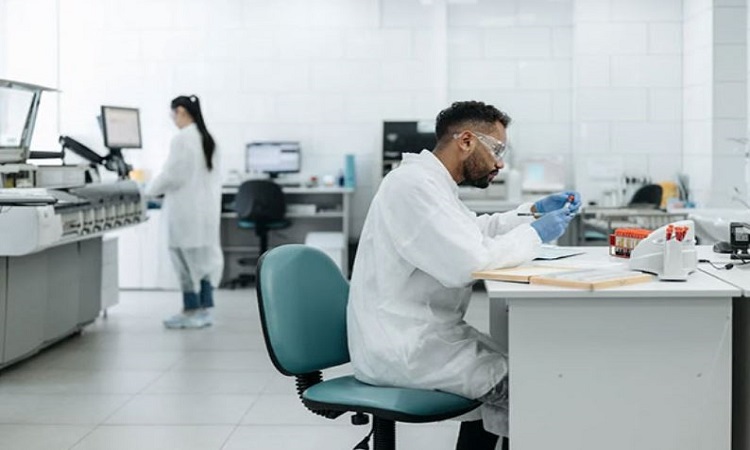
Indiana: Researchers at Indiana University School of Medicine's South Bend regional campus, working with colleagues at the University of Notre Dame, have discovered a new therapeutic target for pulmonary hypertension, a type of high blood pressure that affects the blood vessels in the lungs.
Their findings were reported in Circulation Research.
Pulmonary hypertension is a complicated and frequently dangerous illness in which the heart has to work harder than usual to pump blood into the lungs. While the specific origins of pulmonary hypertension are uncertain, one of its hallmarks is pulmonary blood vessel thickening induced by cell proliferation, commonly known as vascular remodelling.
According to Margaret A. Schwarz, MD, an IU School of Medicine professor of paediatrics and the study's senior author, there are few therapies for pulmonary hypertension, and they typically target the symptoms of vascular remodelling rather than the remodelling itself.
The identification of an epigenetic mechanism mediated by the protein SPHK2 that might diminish and potentially reverse vascular remodelling in pulmonary hypertension, according to Schwarz, is promising.
"This is one of the very first mechanisms of pulmonary hypertension identified that can be reversible," she said. "Normally, pulmonary hypertension patients are given medications to reduce the vascular pressure in the lungs or to help the heart squeeze better to pump blood, which are both symptoms of vascular remodelling. Our study looks at targeting the epigenetic reversal of this mechanism. Ultimately, the treatment would be to stop the vascular remodelling process entirely."
The concept is similar to cancer treatment, Schwarz said. "In cancer, we stop tumour growth instead of just treating symptoms," she said.
"Vascular remodelling is a different mechanism, but the idea is that the treatment would target the mechanism instead of the symptoms."
Other key findings from the study included SPHK2 can drive pulmonary hypertension pathogenesis via histone H3K9 hyperacetylation, contributing to pulmonary artery smooth muscle cell (PASMC) vascular remodelling.
SPHK2 deficiency confers reduced pulmonary vascular resistance, right ventricle hypertension and distal vessel wall thickness.
EMAP (endothelial monocyte activating polypeptide) II has a key role in the stimulation of nuclear SPHK2/S1P epigenetic modulating axis, suggesting that cooperation between SPHK2 and EMAPII could be a major driving force for epigenetic-mediated vascular PASMC reprogramming and remodelling in pulmonary hypertension.
Pulmonary vascular endothelial cells are a priming factor of the EMAPII/SPHK2/S1P axis that alters the acetylome with specificity for PASMC, through hyperacetylation of histone H3K9.
Schwarz and the study's first author, Dushani Ranasinghe, PhD, who was a member of Schwarz's lab while she was a graduate student at Notre Dame, were also interviewed about their findings for an episode of the "Discover CircRes" podcast, which is produced by Circulation Research. (ANI)







